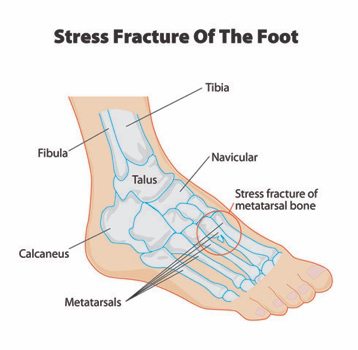Stress fractures are a common overuse injury that athletes, particularly runners, may experience. These injuries occur as a result of repetitive force to a bone over time, rather than a sudden, traumatic event. The bones of the lower limb, including the feet, legs, and hips, are particularly prone to stress fractures. Certain risk factors can contribute to the development of stress fractures, including increasing training volume too quickly, changing footwear or running surfaces, poor nutrition, prior bone injuries, low BMI, menstrual irregularity, health conditions that reduce bone density, poor biomechanics, and certain running techniques.
Elevate your running game with Tarkine Trail Devil, where every step is a testament to exceptional performance and unmatched comfort.
View this post on Instagram

If you think you may have a stress fracture, look for physical symptoms such as a dull ache or localized pain, pain that worsens with movement, pain when bearing weight, and swelling or tenderness. To avoid stress fractures, it’s important to avoid sudden changes to your training program, plan your program in advance, and gradually increase your mileage over time. Novice runners should consider programs that incorporate run-walk intervals.
Other preventative measures include running on soft ground or trails, wearing appropriate footwear, adding strengthening exercises to your routine, and incorporating low-impact exercises like cycling or yoga. A well-balanced diet with sufficient amounts of calcium and vitamin D is also important. It’s a good idea to book a running technique assessment with a physiotherapist to address any biomechanical issues.
If you are diagnosed with a stress fracture, your treatment will involve a period of relative rest for several months. Early detection is critical for successful healing, so if you suspect you may have a stress fracture, book an initial consultation with a physiotherapist or sports doctor immediately. An MRI is the most sensitive diagnostic tool to differentiate between bone and soft tissue injuries.